What's Wrong With This Picture: The High Cost Of High Fuel Economy Edition
As the industry (or at least parts of it) and the federal government face off over forthcoming 2017-2025 CAFE/emissions standards, a Center for Automotive Research study is getting more play than ever from an industry that seeks to portray the high cost of fuel economy improvements as being not worth the additional costs to consumers. CAR has yet to publish its full study, but it’s clearly intended to counter an offensive from groups like the Consumer Federation of America, which uses its own study to show that CAFE regulation will actually save consumers money. This battle, over the cost to industry and consumers of passing a 62 MPG standard for 2025, has been playing out for months now, and will continue to go back and forth over the rest of this summer. And sure enough, the Union of Concerned Scientists and the National Resources Defense Council have both hit back against the CAR study, calling it “industry-advocate propaganda” in the Detroit News and arguing that it underestimates future reductions in technology costs.
Meanwhile, another report from the University of Michigan’s Transportation Research Institute shows that CAFE increases could yield big dividends to Detroit (although we have our doubts about that one). The point is that the 2017-2025 emissions standard seems to be turning into something of a Rorschach Test, as there’s research out there showing nearly every possible outcome, good and bad, coming from a standards hike ( here is one way the government estimates cost increases). We encourage anyone who is interested to avail themselves of the data and make a case one way or the other in our comments section. Ultimately though, since California’s Air Resoures Board is leading the federal government on this issue anyway, expect CAR’s research to be ignored (or used to create some kind of “CAFE compensation”) as a 62 MPG 2025 standard is likely too far along to stop at this point.
More by Edward Niedermeyer
Latest Car Reviews
Read moreLatest Product Reviews
Read moreRecent Comments
- MaintenanceCosts Whenever the topic of the xB comes up…Me: "The style is fun. The combination of the box shape and the aggressive detailing is very JDM."Wife: "Those are ghetto."Me: "They're smaller than a Corolla outside and have the space of a RAV4 inside."Wife: "Those are ghetto."Me: "They're kind of fun to drive with a stick."Wife: "Those are ghetto."It's one of a few cars (including its fellow box, the Ford Flex) on which we will just never see eye to eye.
- Oberkanone The alternative is a more expensive SUV. Yes, it will be missed.
- Ajla I did like this one.
- Zerofoo No, I won't miss this Chevrolet Malibu. It's a completely forgettable car. Who in their right mind would choose this over a V8 powered charger at the rental counter? Even the V6 charger is a far better drive.
- Offbeat Oddity Nope, I won't miss it. I loved the 2008-2012 Malibu, but the subsequent generations couldn't hold a candle to it. I think the Impala was much more compelling at the end.


















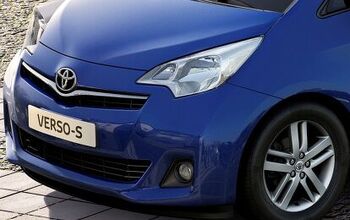


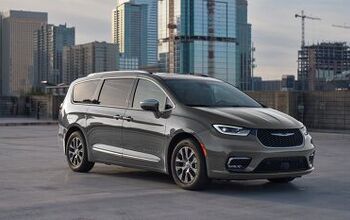
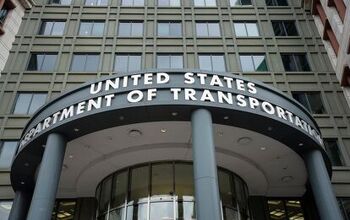
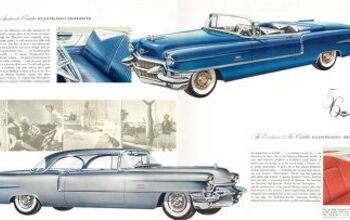
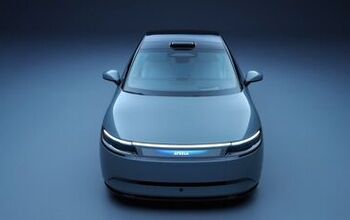




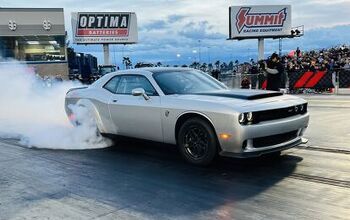

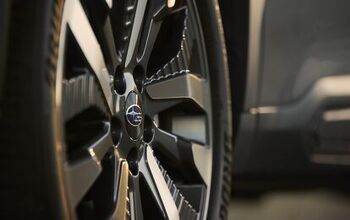
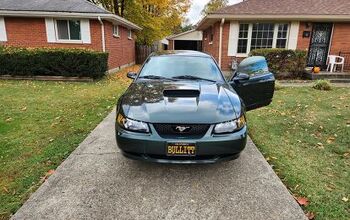
Comments
Join the conversation
Look at it this way, Why do Europeans drive smaller cars with smaller motors? To get the most of their fuel economy since gas is around $6 dollars a gallon if not more already. Hens the preference for A/B/C segment cars that get the equivalent to 38-45mpg highway and 30-32 city at the very least. I'm looking at getting a small car that does around that myself and I live in the US and yes, I DO take the bus to work but use my car for pretty much everything else when I don't have to drive into work and I have a bus pass FROM work to compensate for the bus fare.
When has the "Center for Automotive Research" ever gotten anything right? They are nothing but a special interest lobbying group which will spin things to support their position.